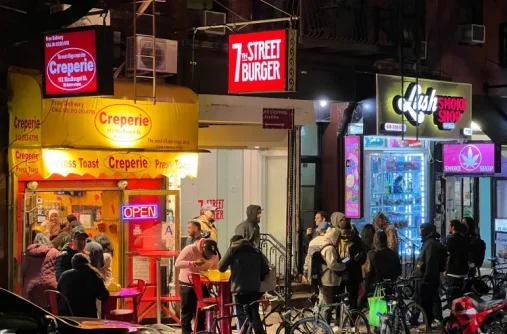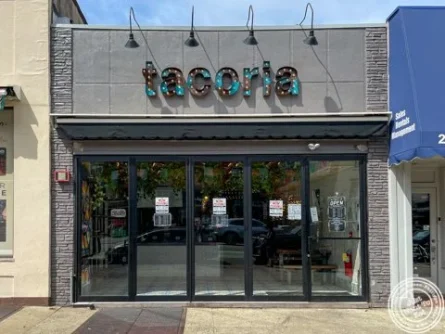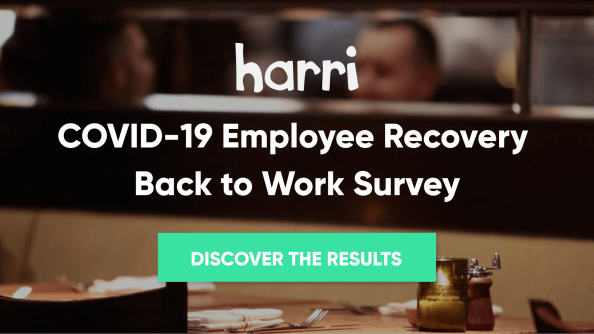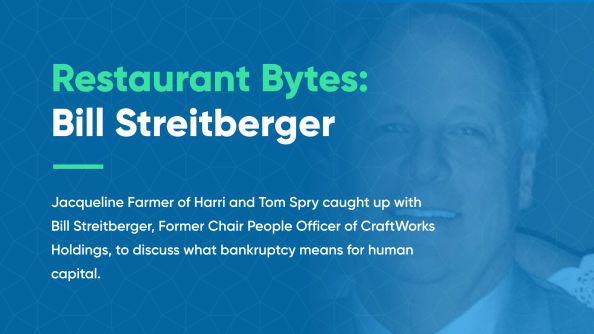COVID Relief: Outlining the Restaurant Revitalization Fund
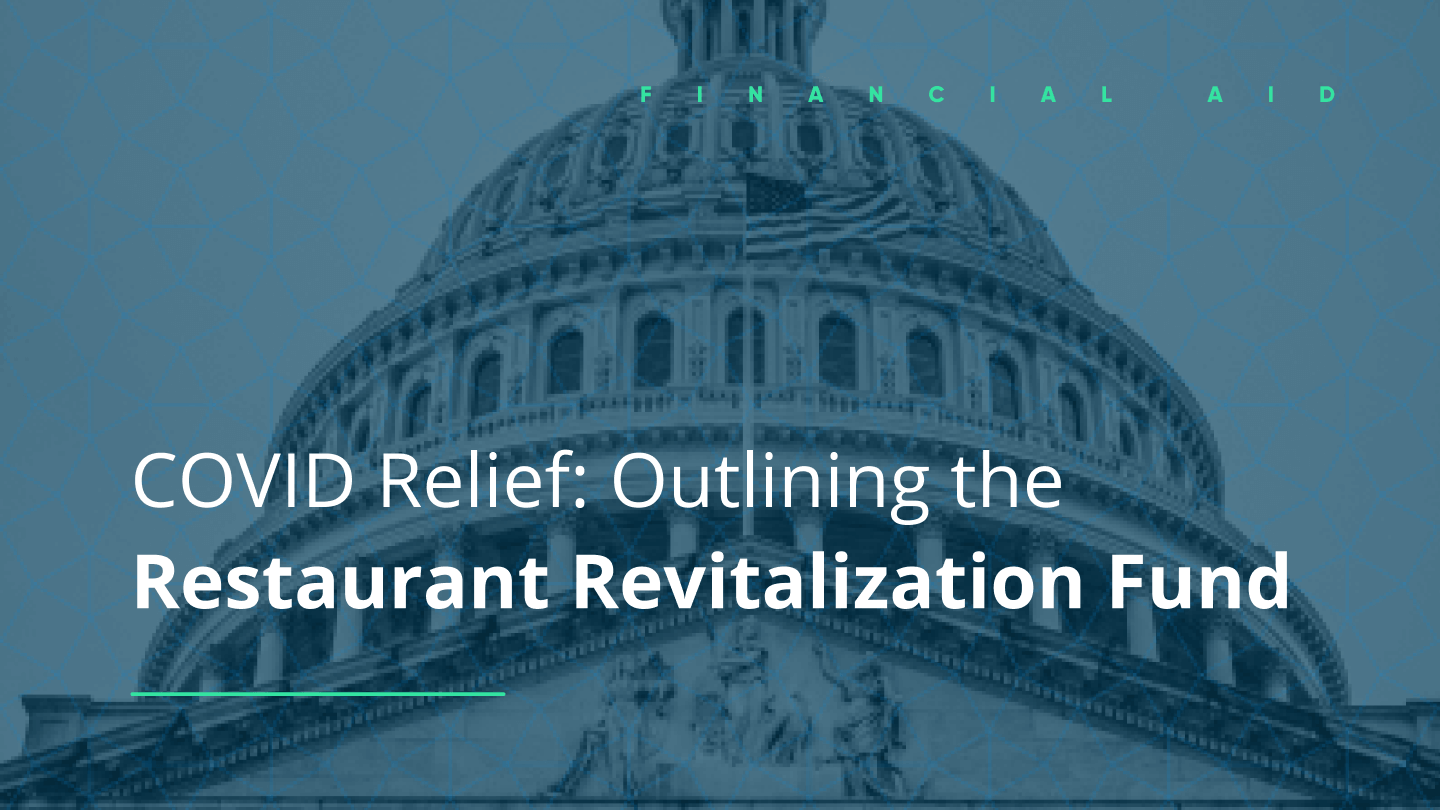
- By Harri Insider Team | March 10, 2021
The US Senate has passed the American Rescue Plan, the third COVID-19 relief package. Its next step is to be approved by the House before President Biden can sign it into law.
The current version of the ARP includes $1.9 trillion in COVID-19 relief, with $28.6 billion of that aid dedicated to SMB restaurant assistance via the Restaurant Revitalization Fund. This relief package is expected to be passed with no major changes and finalized the week of March 15th.
Below we cover the basics of the American Rescue plan, dive deep into the Restaurant Revitalization Fund, and explain what this financial aid means for the hospitality industry. Changes made to the law will be reflected in this article as they come into play.
What’s in the American Rescue Plan?
The American Rescue Plan includes many different forms of financial aid designed to benefit American citizens and small businesses most impacted by the financial pressures of COVID-19.
There are several relief clauses in the ARP that directly impact the hospitality industry:
- $1,400 checks will be distributed to single filers earning $75,000 or under, including an additional $1,400 for each dependent
- Unemployment benefits will include an additional $300 per week until September, down from $400 per week
- $7.5 billion dedicated towards COVID-19 vaccine distribution
- $7.25 billion allocated towards Paycheck Protection Program (PPP) small business loans
- Expanded Child Tax Credit to $3,000 per child ($3,600 per child 6 years old or younger)
- The Restaurant Revitalization Fund (outlined below)
Other initiatives focus on aid for education, state and local governments, and more.
What’s in the Restaurant Revitalization Fund?
The hospitality industry was disproportionately affected by the COVID-19 pandemic in respect to revenue and jobs lost. Despite this, the industry received little to no government support despite taking on the brunt of regulatory and operational changes.
The Restaurant Revitalization Fund seeks to provide aid to restaurants, specifically mom-and-pop establishments that do not have access to legal or financial support the way a member of a restaurant group could attain.
Financial assistance includes:
- $28.6 billion in debt-free financial aid
- $5 million in grants for individual establishments
- $10 million in grants for qualified restaurant groups
This assistance will prioritize small businesses or businesses that have earned less than $500,000 in 2019. The first 3 weeks of the Restaurant Revitalization Fund will prioritize businesses that are owned by people of color, women, and veterans.
What can Restaurant Revitalization Fund grants be spent on?
While grant usage is limited, eligible fund categories cover a majority of core restaurant operations and employee support categories.
Restaurant Revitalization Fund grants must be used on:
- Employee payroll (excluding employees who make $100,000/yr)
- Employee benefits and sick leave pay
- Location rent and mortgage
- Location utilities
- Essential operational expenses
- Outdoor dining setup and weatherization
- PPE and cleaning supplies
- Regular food and beverage products
- Supplier-owed debts
Funds that are not spent must be paid back to the government with a 1% interest rate.
Requirements for the Restaurant Revitalization Fund
There are several requirements that businesses must meet in order to qualify for the Restaurant Revitalization Fund. These requirements are designed to prioritize small businesses over corporations, franchises, and large restaurant groups.
Who is eligible for the Restaurant Revitalization Fund?
Restaurants and other businesses must fulfill the following criteria to be eligible for aid:
- Operate out of 20 locations or less
- Was owned or operating as of March 13, 2020
- Are not publicly traded
The primary purpose of eligible businesses must be to serve food and drink to guests, which opens the relief package up to more than just restaurants.
Eligible businesses include (but are not limited to):
- Restaurants
- Food stands, trucks, and carts
- Bars, taprooms, and tasting rooms
- Taverns and inns
- Caterers
- Saloons
Eligible businesses can receive one grant. If a business already received PPP or EIDL funds, its Restaurant Revitalization Fund amount may be reduced.
What’s not in the COVID-19 relief package
$15/hr minimum wage
The Raise the Wage Act, which would increase the federal minimum wage to $15/hr was cut from the American Rescue Plan due to it being considered a non-budgetary item.
While this gives restaurant operators a bit more time to prepare for rising labor costs, the fight for 15 is far from over. Democrats will continue to push for a $15/hr federal minimum wage using legislative means.
Restaurant operators will need to create labor-efficient workplaces using technology as a strategic partner to offset wage costs.
Our 2021 Hospitality Wage Inflation and Disruption Report tells us that hospitality businesses plan to adopt:
- A predictive scheduling platform
- Labor-related compliance monitoring systems
- Biometrically controlled time & attendance systems
- A more efficient hiring platform
Restaurants should continue to monitor for movements towards a $15/hr minimum wage outside of COVID-19 stimulus packages.
What does this mean for hospitality?
HR technology is covered
Because the Restaurant Revitalization Fund includes funding for operational expenses, restaurants may cover the cost of technology to ensure labor efficiency in the workplace.
Labor-efficient scheduling, tools to quickly staff vital operations, ways to track paid employee sick time, and more will see increased adoption thanks to the government-provided relief.
Talent will move back to the industry
Decreased unemployment benefits may encourage talent to return to the restaurants and hospitality businesses.
Previously, workers who were displaced due to COVID-19 were reluctant to return to the industry due to health and safety concerns.
Combine smaller unemployment payments with stronger pandemic protection in the forms of PPP and vaccine distribution, and these displaced employees will likely return to hospitality.
However, operators must tread carefully. According to our 2021 Hospitality Vaccination and Employment Status Report, 29% of hospitality employees would leave the industry if their employer forced them to receive a COVID-19 vaccine in order to maintain employment.
Managers must strike a balance between COVID-19 safety in the workplace and flexibility with employee concerns regarding vaccination, else they risk pushing talent away.

